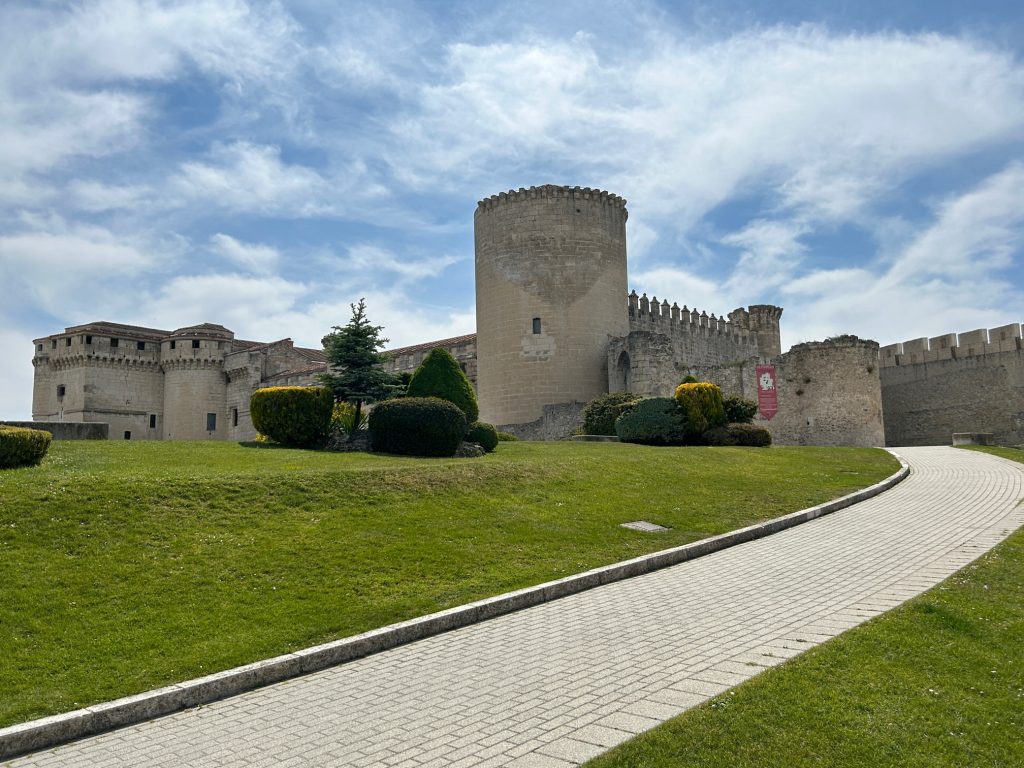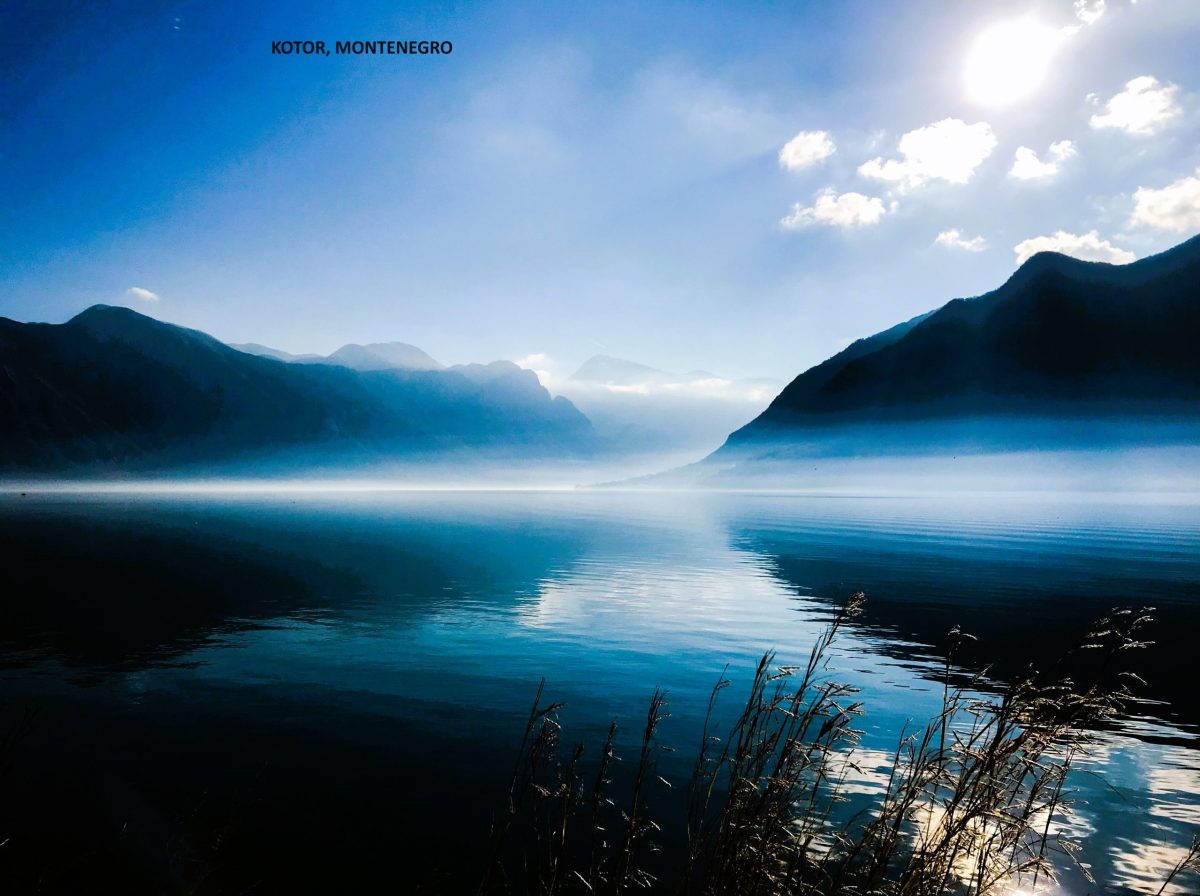Today started with us once again taking the Van out for a trip, this time to Segovia which is one hours drive south of Penafiel. I’d researched the city some time before and it looked to be worth the journey… the Aqueduct, the Alcazar Fortress, the Cathedral, etc. All looked very interesting and then we arrived… and the place was crammed with tourists; busloads of them, hordes of people everywhere. We made my way through the city towards one of the larger car parks recommended in the Park4night App but by the time we arrived both Vanya and I had lost all interest in the place. We were almost relieved to find the car park overflowing and made a decision there and then to move on. And so it was that we came to Cuellar.
Cuellar is a town of a little less than 10,000 inhabitants as opposed to Segovia’s 50,000+. As we arrived and parked up, the town looked almost deserted. Okay, so it was early afternoon and, as I mentioned in my notes on Penafiel, this is ‘real’ Spain and very little happens during weekday siesta time in real Spain. We set off for a short explore and to get some lunch.
We entered old town Cuellar through the San Basilio Arch and immediately stumbled upon two of the town’s most prominent landmarks, the Castle (it’s more of a Palace) and the San Martin Church. Cuellar Castle was built early in the 13th century although most of the current structure dates from the 16th century when it was home to successive Dukes of Alburquerque. They lived in the castle for centuries until moving to Madrid. The French army occupied the castle during the Peninsular War and looted it as the Duke of Wellington’s army approached. Wellington himself stayed at the castle for a number of weeks, as did a French General before him – General Joseph Hugo – the father of the novelist Victor Hugo.
For a while the castle remained empty but in 1938 it was transformed into a prison for political prisoners by Spain’s then ruler, General Franco, and it remained a prison until 1966. Since then it has been beautifully restored by Spain’s Ministry of Fine Arts and is now a museum.

Cuellar Castle

Not far from the castle is the 12th century Church of San Martin. It isn’t the most remarkable of Cuellar’s churches (The Churches of San Esteban and San Andres are far more impressive) but San Martin is now home to the Mudejar Art Visitor Centre and inside there is a light and sound show about Mudejar Art and the Christian, Jewish and Arab cultures.
It took a while but we eventually found a small bar/cafe in the old town which was open (they take siesta time very seriously here in Cuellar). Sadly, it was one of very few places in Spain which do not admit dogs and we had to eat at a table outside. That wouldn’t ordinarily have troubled us but Cuellar sits at almost 900 metres above sea level and it was blowing a bit of a hooley at the time.
That settled it. It was time to make our way back to Penafiel and we were both agreed that in the morning we would talk to our hosts at the campsite as to where we should visit next. They got it so right with Pedraza.

